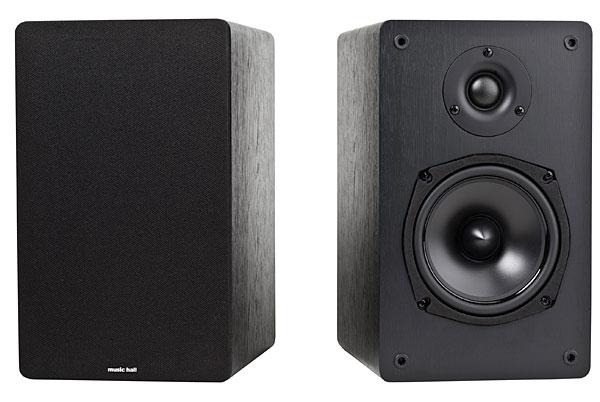| Columns Retired Columns & Blogs |
Speaking of Epos and Roy Hall is anyone EVER going to review the new Elan speakers from Epos?
They just don't seem to be getting any traction at all, which is a shame. I trust the Epos brand and on paper they look great.






































